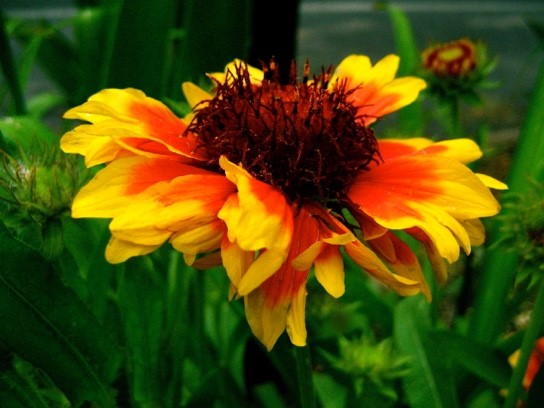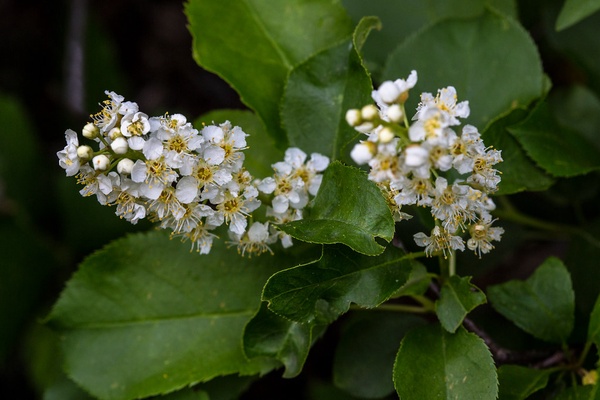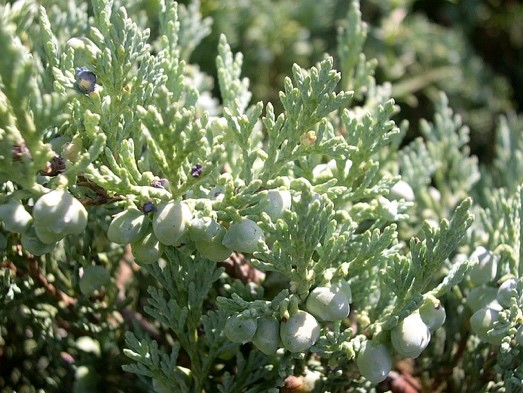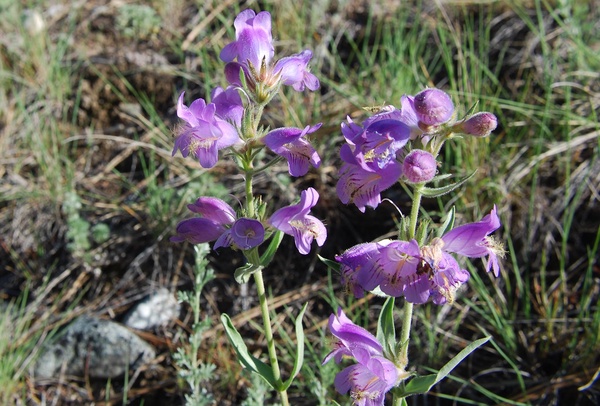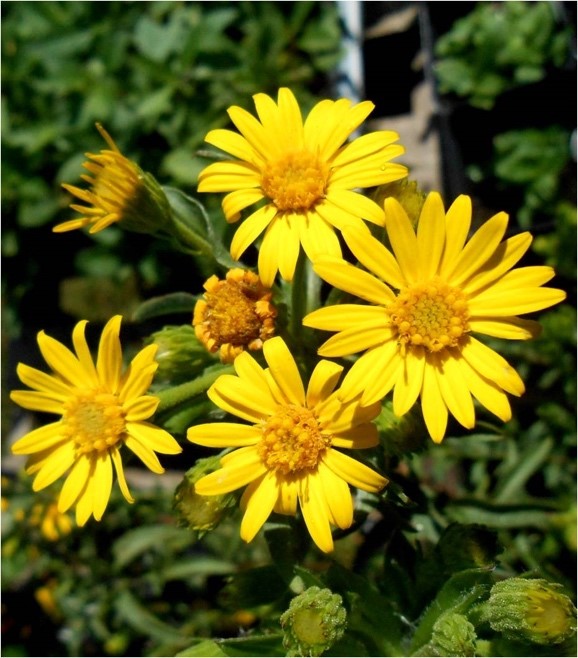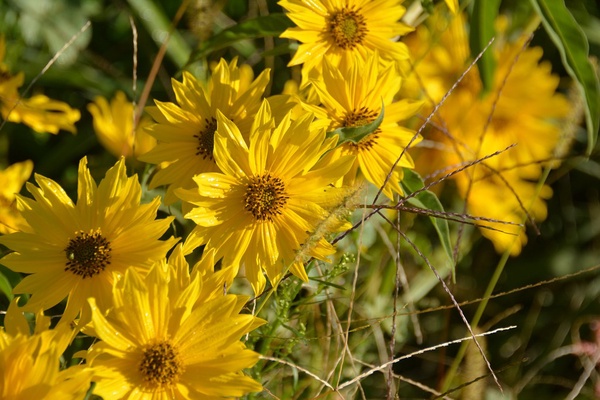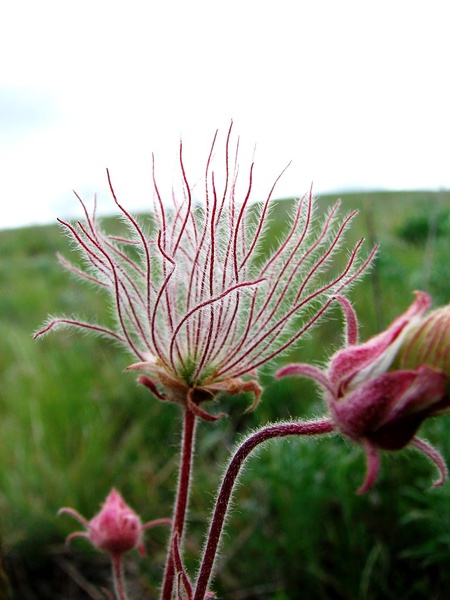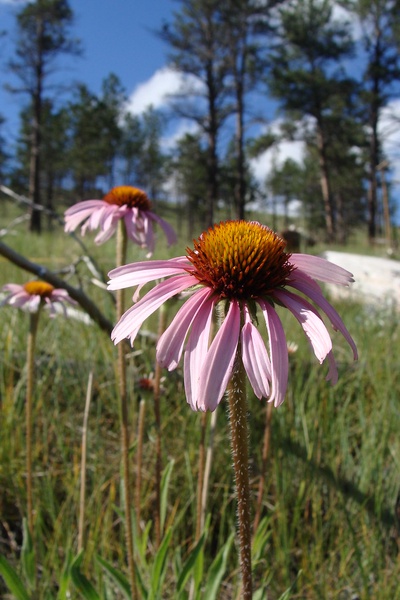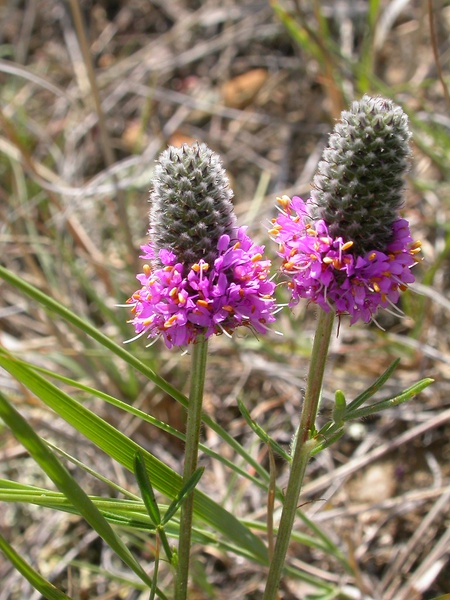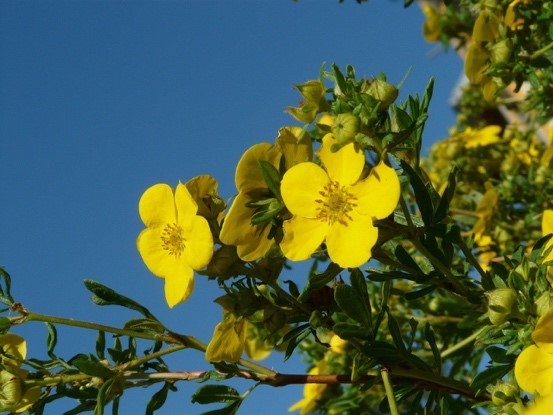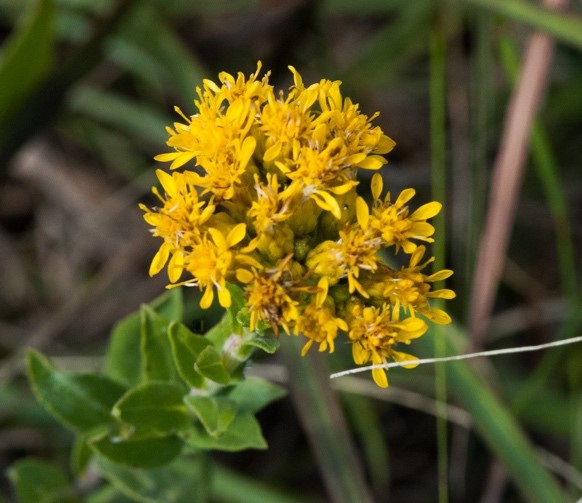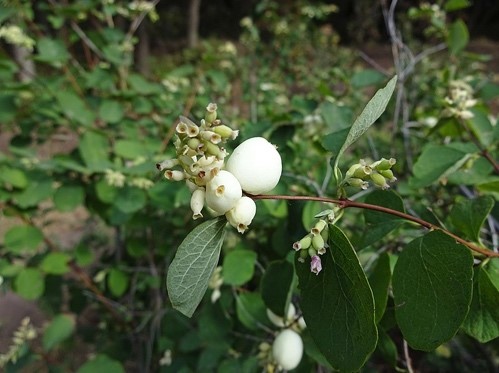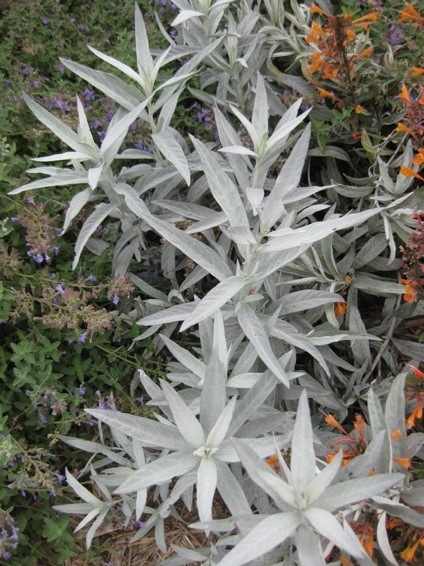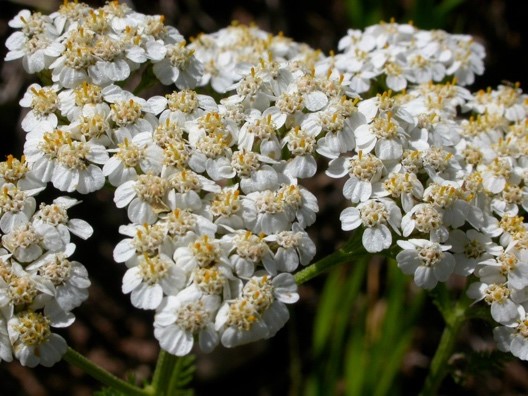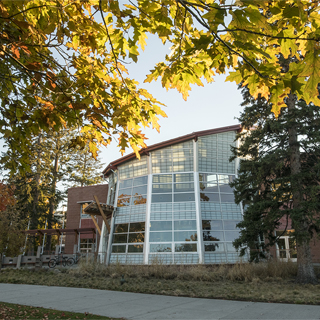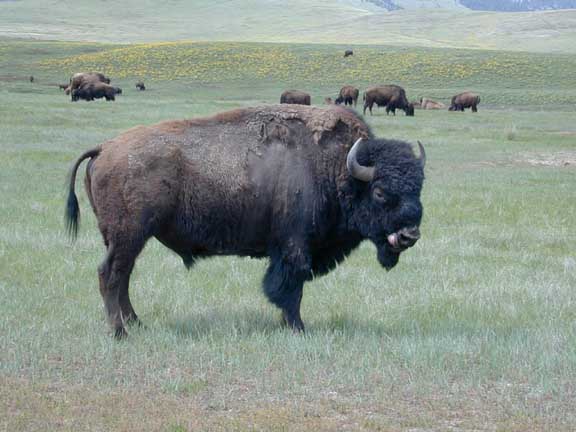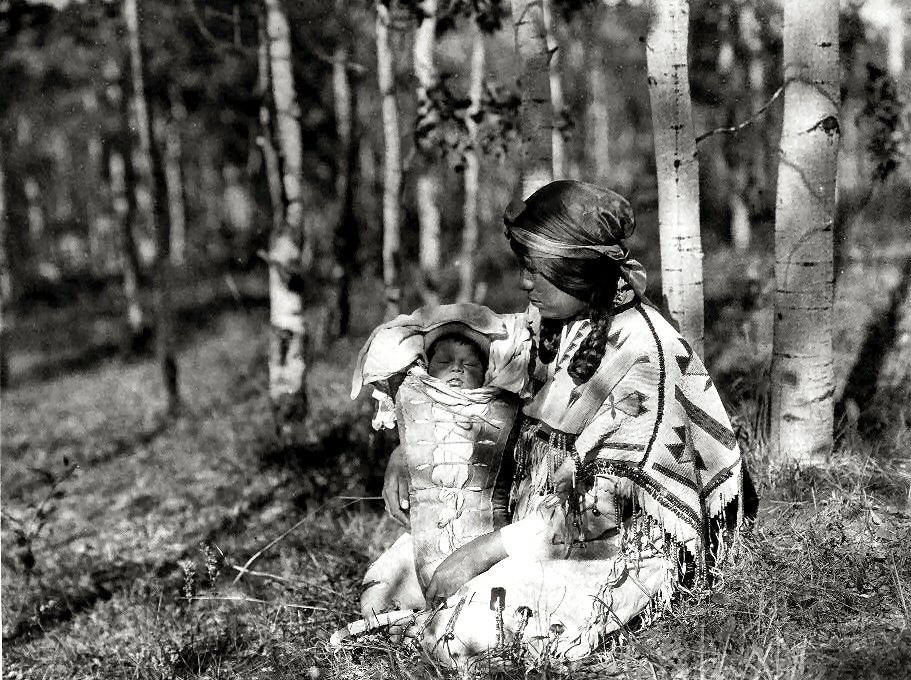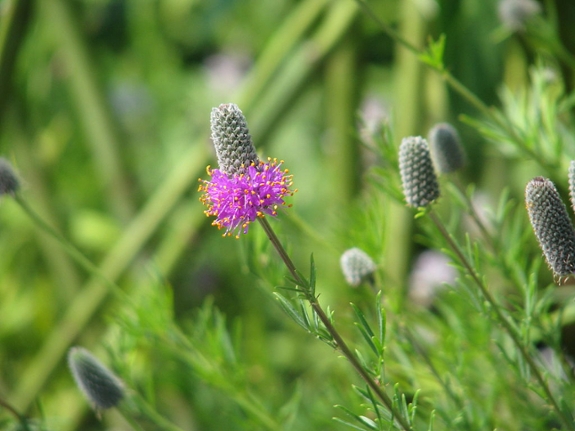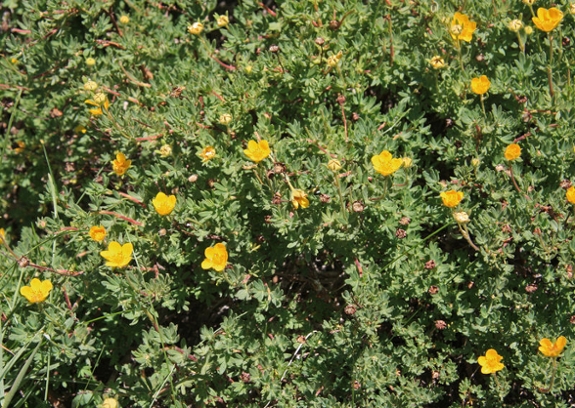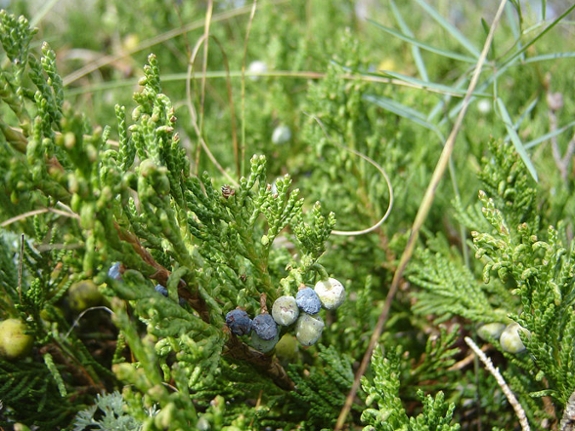Fort Peck Reservation
Assiniboine and Sioux Tribes (Northeastern Montana)
The Place
This circle represents the Fort Peck Reservation. Fort Peck is located in far northeast Montana adjacent to the Missouri River, and is geographically a part of the Great Plains. The landscape is now checkered with agriculture, mineral extraction, and livestock grazing, but it was once a sweeping expanse of mixed grass prairie and home to vast herds of bison.
The People
The Assiniboine and Sioux at Fort Peck are two separate nations that span the northern Great Plains. After acquiring horses in the 18th Century, both tribes lived as semi-nomads, following herds of bison through the summer to provision themselves through the winter.
The Plants
Purple prairie clover (Dalea purpurea):
This showy wildflower is a widespread member of the legume family that is an indicator of pristine prairie. It is harvested for its substantial taproot, which can extend up to 2 meters into the ground. The dried leaves can be brewed into tea.
Shrubby cinquefoil (Dasiphora fruticosa):
Shrubby cinquefoil is a flowering shrub that thrives on limited amounts of precipitation characteristic of the northern Great Plains. Shrubby cinquefoil is used for a variety of medicinal uses, and is ceremonially ground into a fine powder and used as a protective barrier to withstand extreme temperatures (such as immersion of the hands in boiling water).
Creeping juniper (Juniperus horizontalis):
This low-growing evergreen shrub inhabits prairie slopes and draws. There are several species of juniper in North America, all widely used medicinally and as a source of wood. The aromatic foliage and fleshy, berry-like cones are particularly valued.
Purple Fleabane (Erigeron purpuratus):
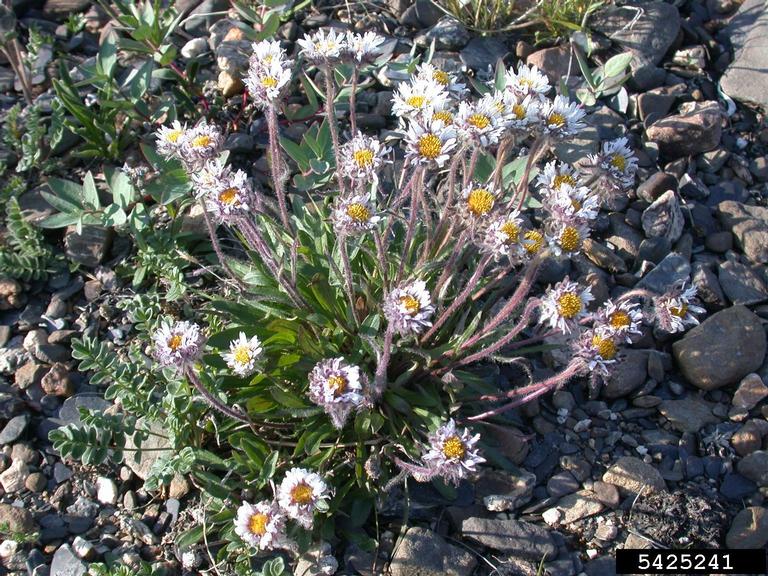
Purple Fleabane is generally described as a perennial herb. Its flower petals are thread-like and can be white, but are more often pink, purple, or even a pale shade of bluish. The stems and leaves are covered with short white hairs and the plants can grow anywhere from one to three feet tall. Flowers appear in late spring or early summer and close at night into feathery buds. Often the buds will stay closed in the early morning or on a very cloudy day. It is primarily used to bring down fever and is a diaphoretic that eliminates toxins by inducing sweating.
The Other Plants in the Fort Peck Circle
